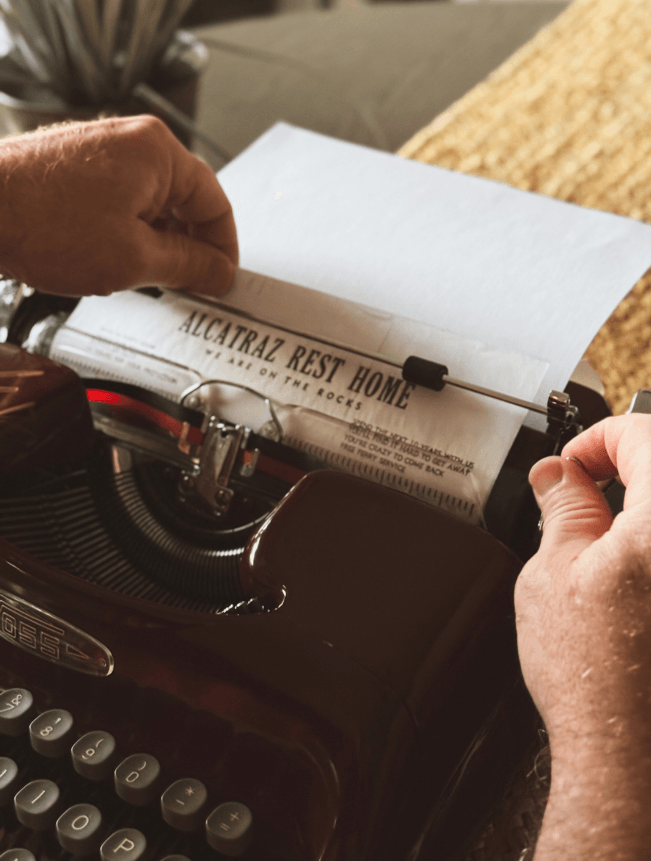
Should You Use A Backing Sheet When Typing?
Hello, my dear reader and friend.
Today, I am thinking about paper and the occasional conversation I see regarding using or not using extra sheets of paper when typing. I confess I'm usually a one-pager-typer. However, the more I understand the care and operation of these beautiful machines of the past (that outperform the present), the more I see the importance of showing the care and respect our typewriters deserve.
While reading a digital version of a book I found in an online archive, the 1932 Dictionary of Typewriting, I came across this helpful paragraph about using a backing paper when typing. It solidified my position on using extra paper to protect my platen (pronounced like “flatten”). I'm now a two-pager-typer. 🥰

(Apologies that it is hard to read. Sourced from archive.org. Link to the original work is above.)
Regular printer paper makes an excellent backing sheet or card stock, which is inexpensive and readily available. Not only does the backing sheet protect the platen, but as we are using vintage machines, many of our platens are hard, causing some letters, especially the smaller marks (i.e. a jot or tittle), such as the comma and period, to press through a single sheet of paper. If your platen is particularly hard, I do recommend using a second backing sheet.
Backing sheets are particularly important if you want to type on something more delicate, such as onion skin typing sheets. The backing sheet offers a bit of a buffer, if you will, between the hardness of the platen and the raised letter of the typing bar.
I find using a backing sheet really does make a difference in sound, feel of typing, and protecting both the paper and the platen. Personally, I don't use multiple backing sheets, as a single backing sheet with my preferred typing paper is sufficient for most needs.




Professionally serviced vintage typewriters since 2018.
Copyright 2018-2025 Living Free Enterprises, LLC
Created with systeme.io


